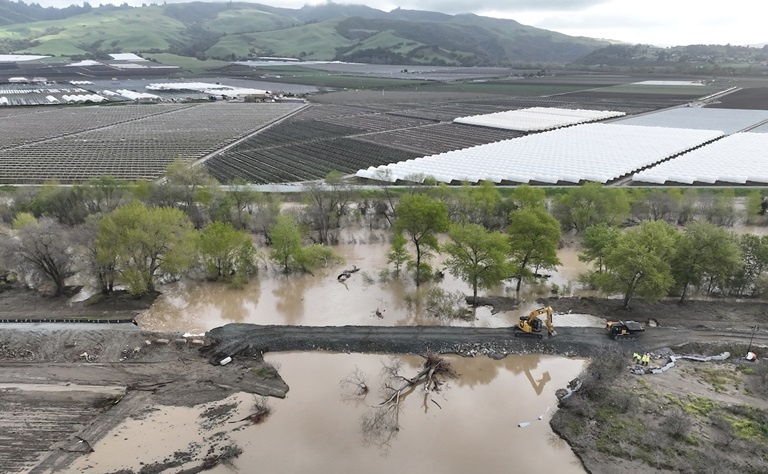April 28 NEC Energy News
¶ “Qatar Seeks To Generate 4 GW Of Renewable Power By 2030” • Qatar General Electricity and Water Corporation has launched Qatar National Renewable Energy Strategy, which has a goal to increase renewable power generation to about 4 GW by 2030 to cut its emissions. To do this, QNRES coordinated with 22 key energy actors in the country. [The Peninsula Qatar]

¶ “Debate Heats Up Over How To Dispose Of Radioactive Water At Indian Point ” • Experts, government officials, and advocates discussed what do with the radioactive water at the closed Indian Point nuclear power plant, but a lawsuit brought by the company overseeing the facility shows it still plans to dump the waste into the Hudson River. [Gothamist]
¶ “Someday Soon China Might Dominate The Hydrogen Supply Chain Too” • Manufacturers in the EU and the US have been on the warpath over China’s “unfair” competition in aluminium and steel. More recently, the battleground has shifted to solar power, batteries, and EVs, but a new front is emerging: the hydrogen economy. [South China Morning Post]
¶ “Climate Change Has Disproportionately Impacted These Vulnerable US Communities, Experts Say” • Events in recent years show the disproportionate impacts of climate change on the poorest communities, which emit the least greenhouse gas. Extreme weather events are exacerbated by warming global temperatures. [ABC News]

¶ “In 1971, The Nixon Administration Punted On A Revolutionary Climate Study” • A nonprofit research organization based at George Washington University, has launched its Climate Change Transparency project. The National Security Archive released a briefing book that focuses on climate change discussions in the Nixon White House. [CleanTechnica]
¶ “Scientists Are Shaking Up Lithium Extraction With A Different Kind Of Chemistry” • Led by the US DOE’s Ames National Lab, scientists at the Critical Materials Innovation Hub came up with a creative solution to increase and diversify the supply of lithium in the US. It is a new process: mechanochemical extraction of lithium at low temperatures. [CleanTechnica]
For more news, please visit geoharvey – Daily News about Energy and Climate Change.
